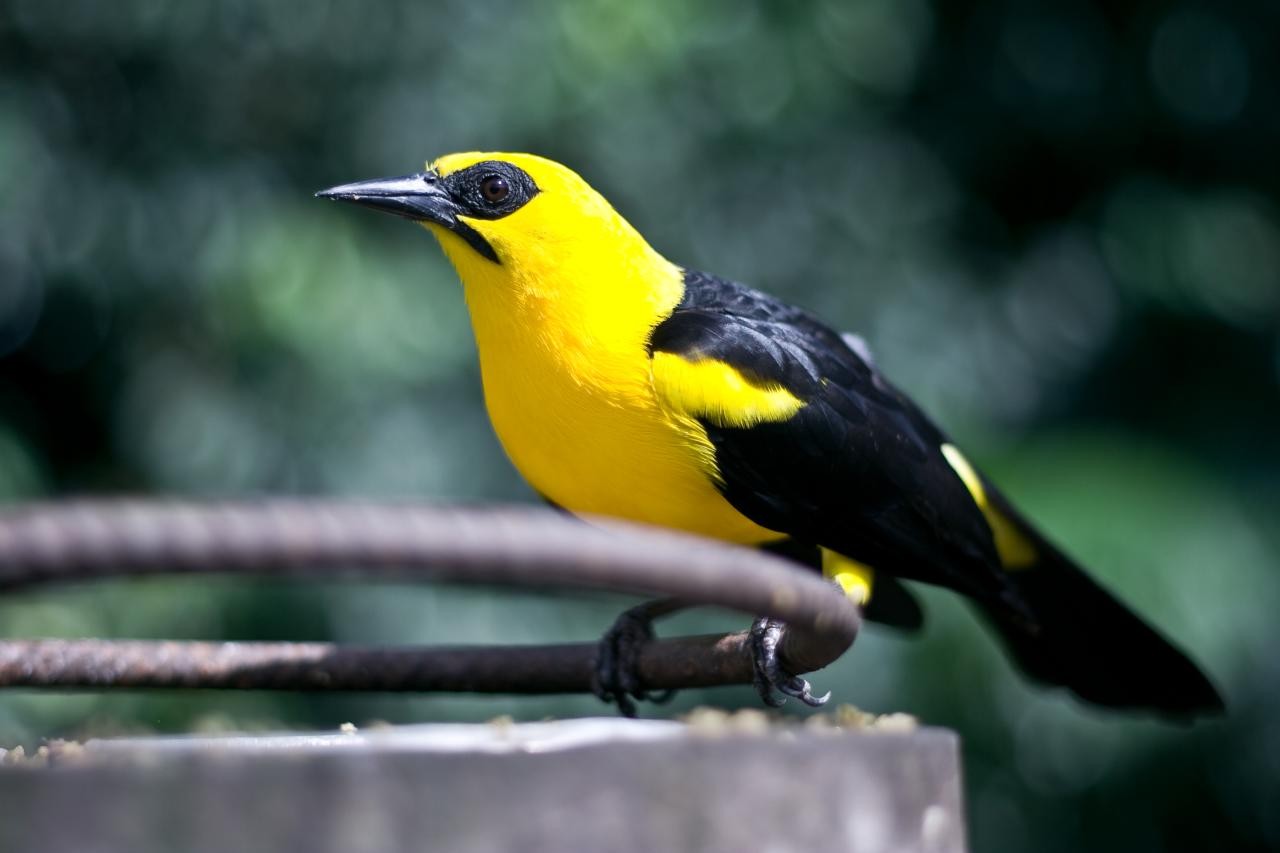Oriole Blackbird
A species of Oriole Blackbird Scientific name : Gymnomystax mexicanus Genus : Oriole Blackbird
Oriole Blackbird, A species of Oriole Blackbird
Botanical name: Gymnomystax mexicanus
Genus: Oriole Blackbird
Content
Description General Info
Description
The oriole blackbird grows to a length of nearly 30 cm (12 in). The sexes are similar in appearance. The head, neck, shoulders and underparts are bright yellow; the back, wings, rump and tail are black, apart from the lower wing-coverts showing a strip of yellow. The eye is brown and is surrounded by a black eye ring, and the large bill and feet are blackish. The voice consists of several loud, scratchy calls, uttered from elevated perches or emitted when on the wing. One is a screech that resembles the sound made by a rusty hinge. 
Size
30 cm
Nest Placement
Ground
Feeding Habits
Oriole Blackbird has an omnivorous diet, consuming arthropods like spiders and caterpillars, small vertebrates like frogs, and plant materials including maize seeds and Cordia fruits. They forage mainly on the ground, often overturning debris to uncover prey, and can feed in flocks.
Habitat
The oriole Blackbird is found in northern South American lowlands, generally at elevations up to 400 m but occasionally up to 950 m. Its preferred habitats are open areas like grasslands with scattered trees, savannas, and marshes, which may also include pastures and agricultural lands. It is commonly associated with water sources and is adaptable to artificial environments like urban parks.
Dite type
Omnivorous
General Info
Feeding Habits
Bird food type
Distribution Area
This icterid is found in the northern part of South America. Its range includes French Guiana, Guyana, Suriname, Venezuela, Colombia, Ecuador, Peru and northern Brazil. Its typical habitat is grassy areas with isolated trees near rivers, marshes, islands in rivers and gallery forest. 
Species Status
Not globally threatened.
